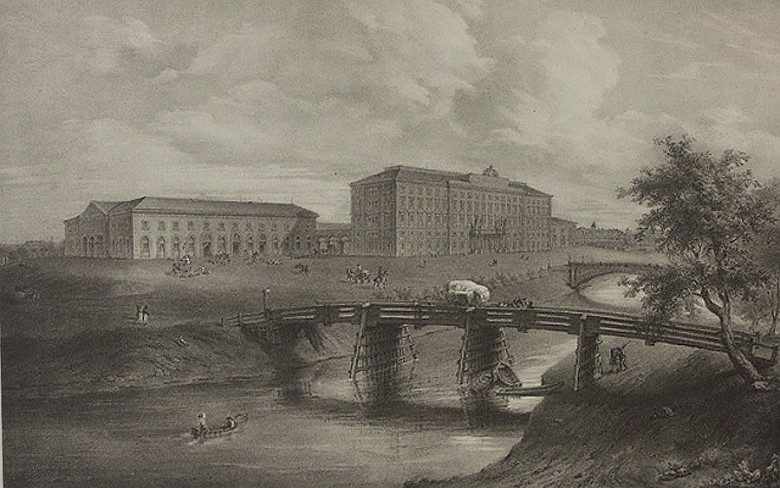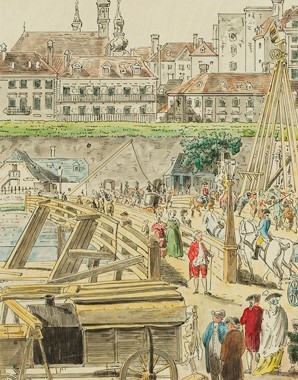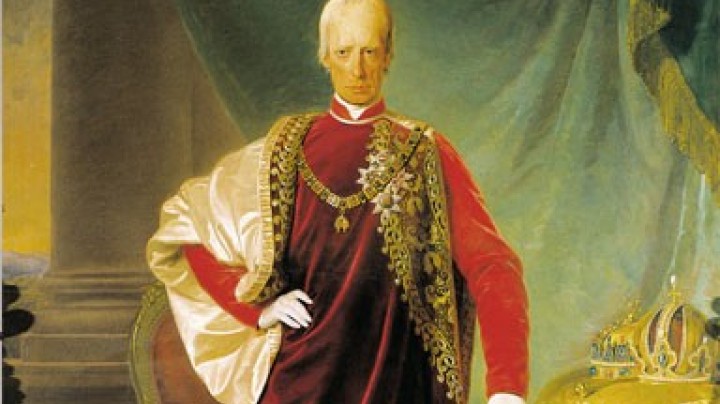Attention: End of customs area! Customs borders as economic obstacles
Maria Theresa already dreamt of a unified economic area. In order to reach this goal the lands of the Monarchy were to be deprived of their right to levy customs duties.
During the reign of Maria Theresia the sovereign territory of the Habsburgs was not a unified state but consisted of many lands and districts, some big, some small. Because customs duties and tolls were levied on their borders, each one of them represented an economic area of its own. Moreover, the freedom of movement for people and goods was further restricted by innumerable internal levies within each individual land or district. If, for example, traders on the way to Vienna had already paid duty on their goods in the Archduchy above the Enns (Upper Austria), that did not mean that they would not also have to pay customs charges in the Archduchy below the Enns (Lower Austria).
In line with mercantilist economic theory, institutions for the whole Monarchy were established under Maria Theresia, with the result that the rights of individual territories were curtailed. One measure used in the process was the abolition of numerous internal customs duties. In lieu of them so-called ‘aulic customs offices’ (Ärarische Zollämter) were set up; the money which they collected went directly to the state and not to the individual territories. Despite these measures the individual lands and districts continued to be treated as separate units as far as customs duties and hence also economic matters in general were concerned. The result was that, for example, commercial relations between Tyrol and Vorarlberg and the rest of the Habsburg territories remained severely limited until well into the nineteenth century.














